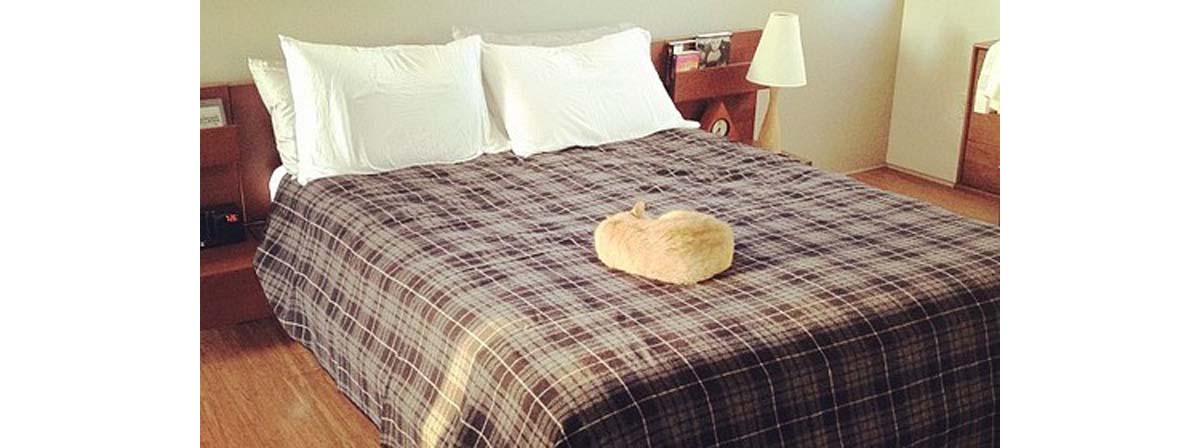Table of Contents
3. Special Care-Bedding
However odd it sounds, many individuals are allergic to feathers in many duvets, and pillows. As such, investing in organic bedding, and a good -quality and allergy-free mattress cover and pillows, and washing bedding at least once a week in the hottest temperatures allowed can prevent dust mites and reduce allergens. Cotton and latex pillows, are resistant to mold and dust mites, they are also hypoallergenic and studies have indicate they can offer more support and comfort for your back and neck. It would also be a good idea to think twice before getting that pet bird.

4. Conduct Annual House Check for Mold and Pollen:
Since mold is such a major contributor of seasonal allergies, it is a good idea to get a professional to conduct a check at least once per year. Investing in an air purification system especially one with an UV & negative ion filter will also help to purify the air. An even less expensive way to prevent and reduce mold is to invest in high-quality dehumidifiers and strategically place them in home and office corners.
5.Never Bring The Outside Inside Your Home
It is a good idea for those who suffer with allergies to shower as soon as they get back inside, since pollen and other environmental pollutants could 'infect' pillows and other bedding , as well as furniture particularly fabric sofas.
6. Rethink and Modify Get-A-Ways
Since spring brings more than lilies-stay away from the countrysides. Instead, try spending as much time as possible in places where pollen levels are lower. Research indicates that pollen levels tend to be significantly lower where there are open bodies of water, such as beaches and lakes. Speaking of which....
7. Hydrate, Hydrate and Yes..Hydrate
This is key since dehydration activates and increases histamine production, drinking enough clean, filtered water will maintain hydration, and will help to reduce allergy symptoms.
8. Flush and Detox
Drinking salt water is very common in many detoxification processes. Since research suggests that sea-salt contain anti-inflammatory properties: Adding a pinch to your drinking water will help flush toxins from the body.
9. Allergy-Proof Your Office
Since most of us spend 8-10 hours working outside the home, placing HEPA filters, de-humidifiers and salt lamps in corners in office spaces helps to reduce symptoms.
10. Extra Outdoor Protection
Spring and summer spell gardens, and upkeep. As such, while outside gardening and doing chores such as lawn-mowing, wearing a mask will help to keep allergy culprits at bay.
11. Simplify, Reduce and Replace
De-cluttering your home is always a great idea, and since carpets are perfect hiding places for allergens, replacing them with non-toxic cork, hardwood, or wool floors will help to reduce allergens in your home.
12. Keeping Tabs on Pollen
Research suggests that pollen levels are highest in the morning (5 a.m and 10 a.m.). Keeping this information in mind when planning outside chores and try scheduling as much of your appointments in the evening hours will give you more control.
Cheers to an allergy-free season!
- American Academy of Allergy, Asthma & Immunology(2013). Allergic reactions
- World Allergy Organization(2013).White book on allergy 2011-2012 Executive Summary. By: Pawankar, R., Walkter- Canonic, G., Holgate, S., and R. Lockey.http://farm1.staticflickr.com/76/173050545_e87be4b666.jpg
- farm8.staticflickr.com/7105/7276819404_bfa6e64a35.jpg
- Photo courtesy of garyfgarcia by Flickr : www.flickr.com/photos/munacra/173050545/
- Photo courtesy of jason carlin by Flickr : www.flickr.com/photos/escapist/7276819404/
- www.aaaai.org/conditions-and-treatments/library/at-a-glance/allergic-reactions.aspx
- www.worldallergy.org/publications/wao_white_book.pdf


Your thoughts on this